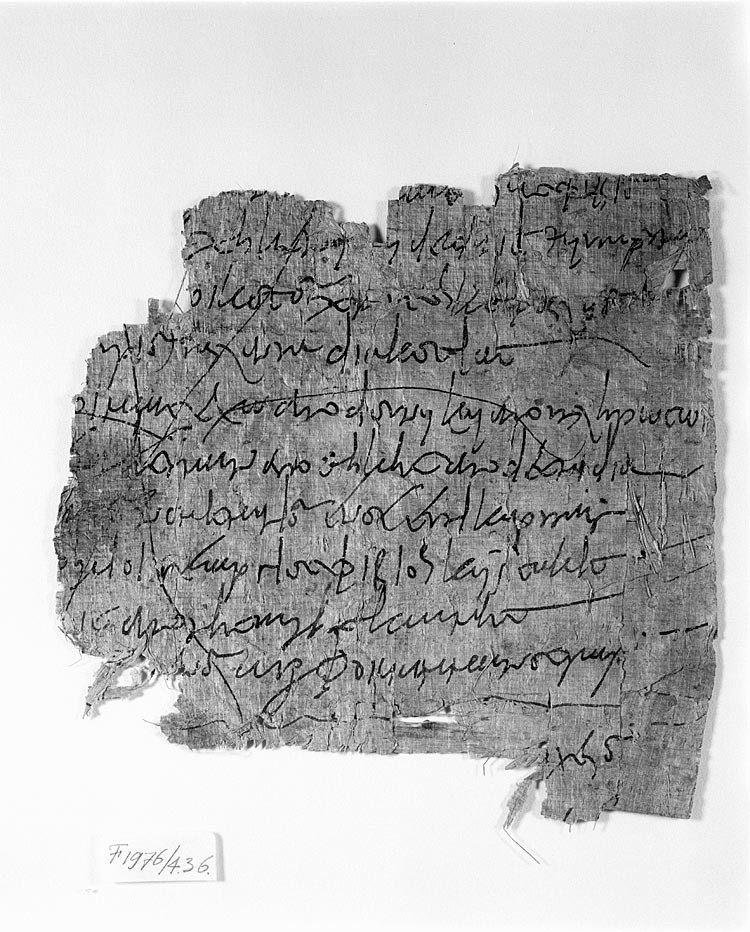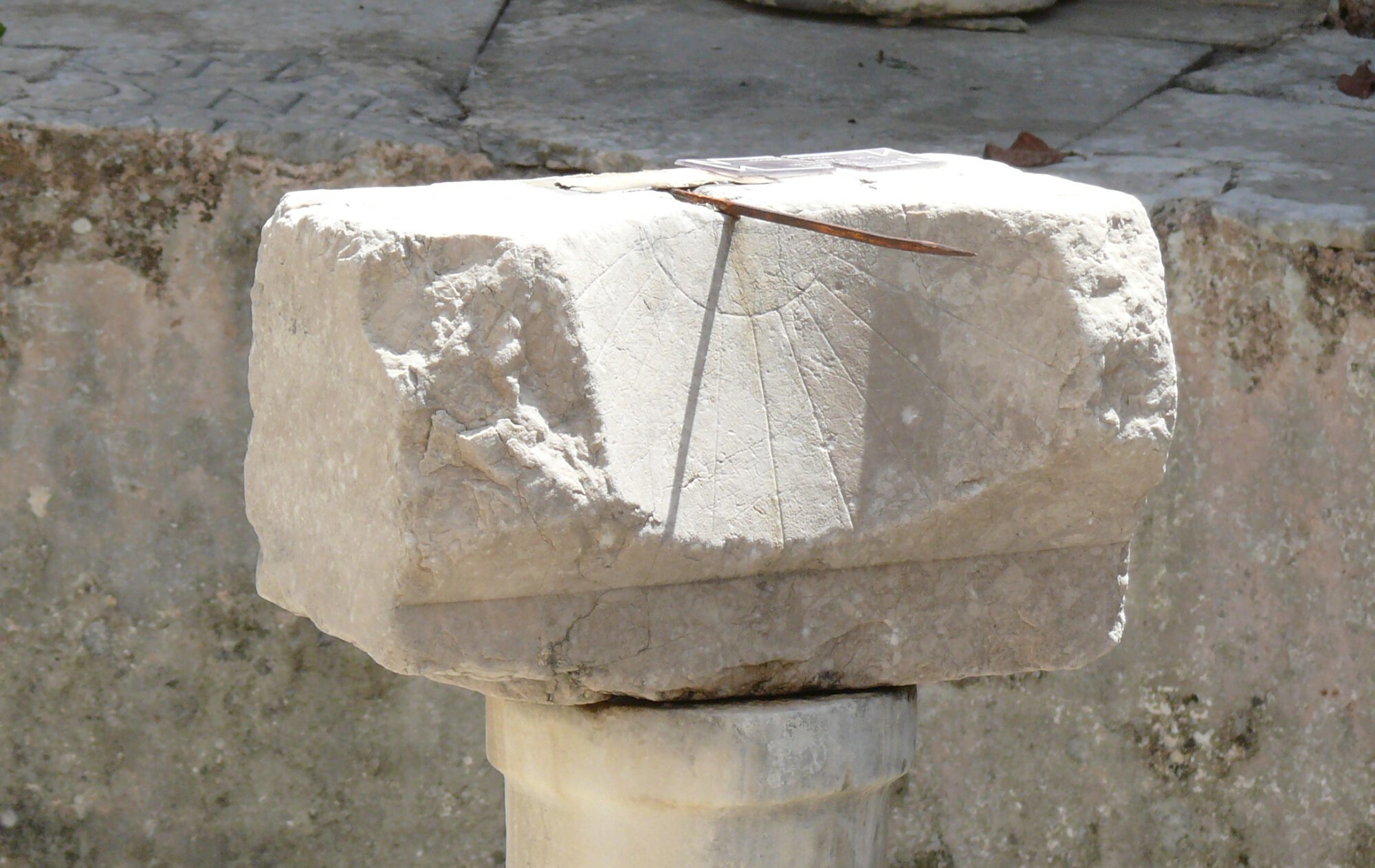Lived Time in Late Antique Egypt is a research project funded by the VIDI programme of the Dutch Research Council (NWO).
The project examines ‘lived time’, that is how time was used and experienced in daily life. It will show that time practices offer an excellent lens for the study of complex social dynamics.
Arguably no other period witnessed such wide-ranging changes to lived time as late antiquity. From ca. AD 250 to 750, successive waves of transformations triggered new practices. Christianization affected the rhythm of life with a range of new holidays and the introduction of a weekly day of rest. The emergence of monasticism created a new social group following innovative daily routines. The increased interventionism of the Roman state promoted the spread of certain Christian innovations, e.g. the closure of courts on Sunday, but also led to the spread of pagan holidays, such as New Year celebrations on the Kalends of January. The Arab conquest brought yet other customs: some practised among the Arab population, such as the Friday prayer or the Hajj; others affecting the conquered, as the Muslim calendar governed several areas of administration.
The project will study time practices in a large and multilingual corpus of texts. The largest group of texts within this corpus are documents written on papyrus, as these sources bring us closest to the daily life of the ancient world. The project approaches all instances of time use as responses to social conventions about ‘appropriate’ or ‘normal’ uses of time. Within late antique communities, there were many, sometimes conflicting, temporal norms. Uses of time and temporal coordination were, therefore, not just logistical exercises; they marked differences and aggravated or mediated social tensions. With their everyday time use, people made (conscious or unconscious) statements about their own place on their community’s social map.
The project’s overall aim is to explain how late-antique multicultural communities in Egypt managed to live together, and how the everyday practices of all men and women had a vital role in reshaping late antique society.

